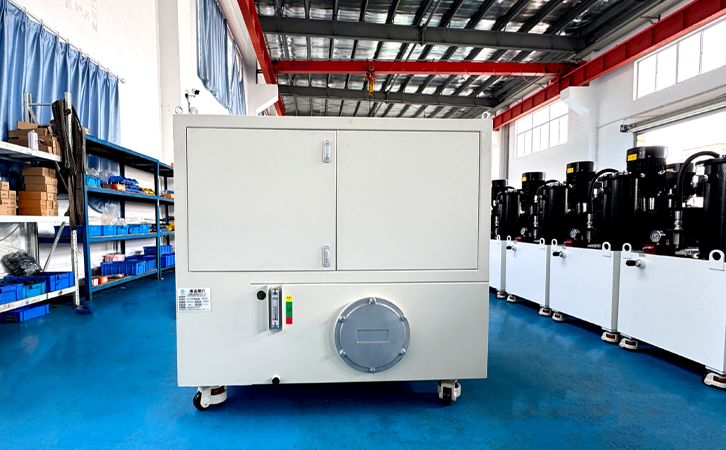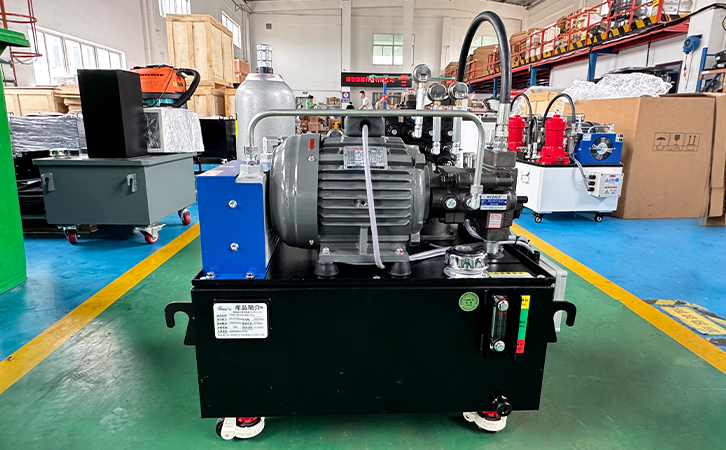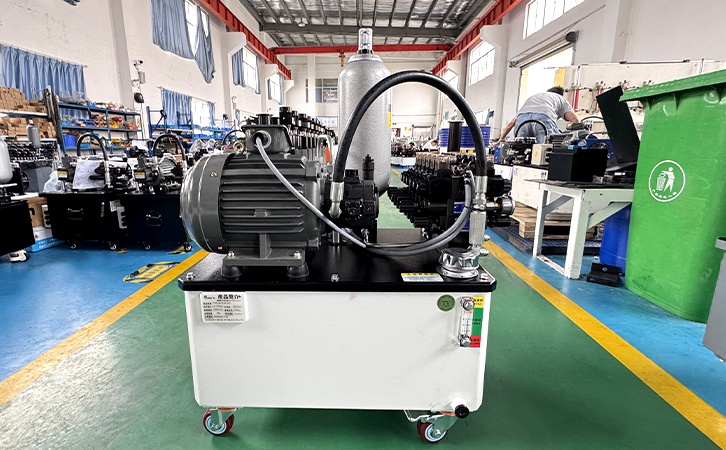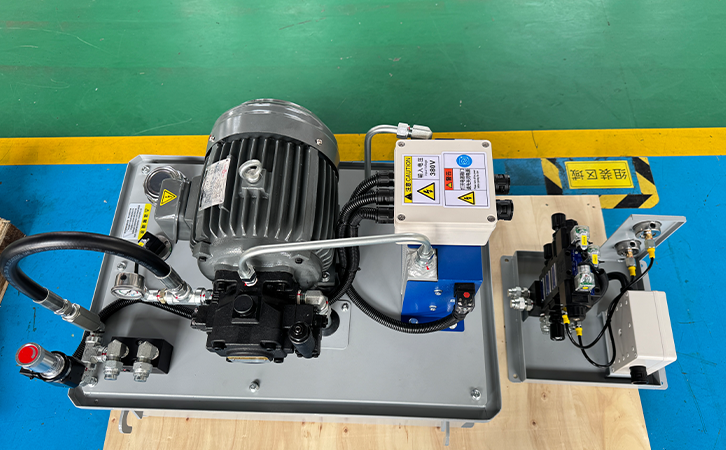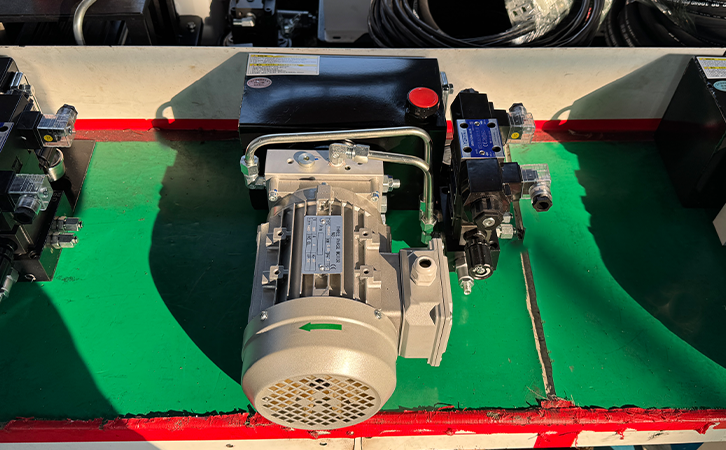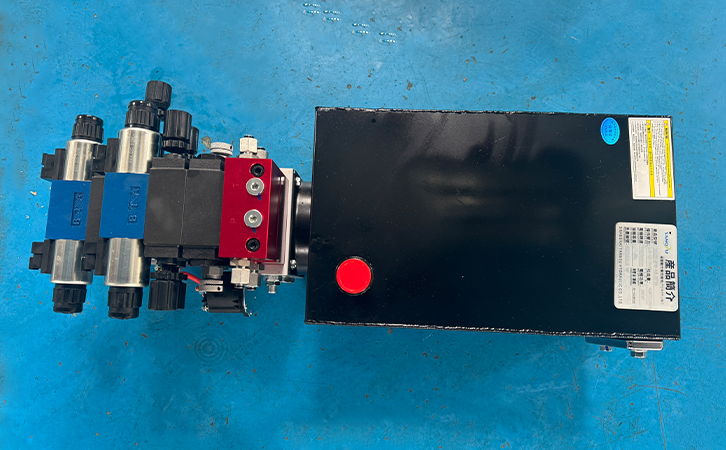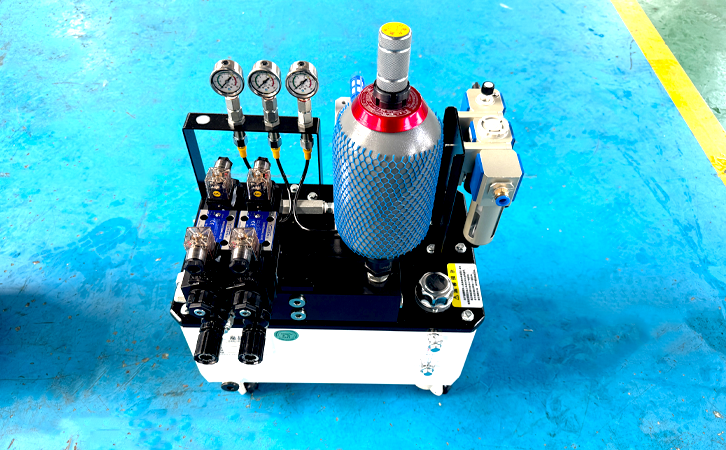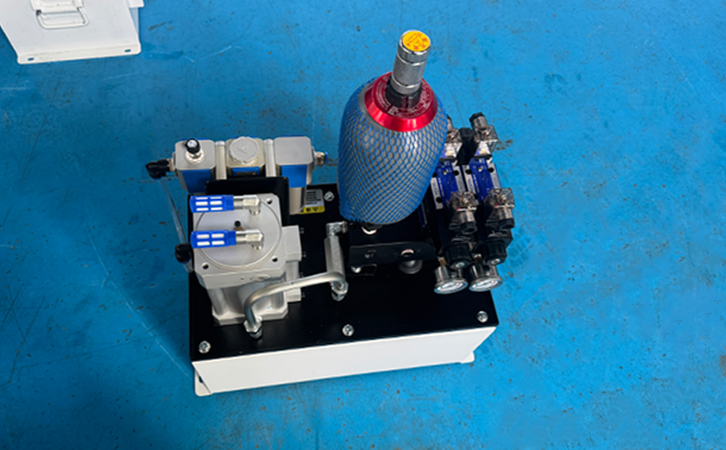What to do in the rain at the hydraulic station_high to deal with oil leakage at the hydraulic station
Date: 2024-12-30 Categories: Hydraulic station information Views: 14279
Summary:
After the hydraulic station rains, a preliminary inspection is required to determine the degree of damage. The first step in the inspection is to observe whether there is any obvious damage to the outside of the hydraulic station, such as shell deformation, cracks or seal failure. These external damages may cause moisture to enter the hydraulic system, which in turn affects its normal operation.
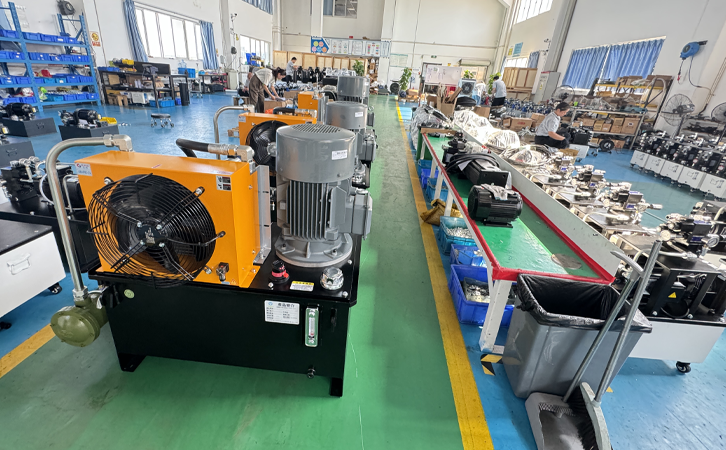
液压站淋雨后的初步检查:确定损害程度
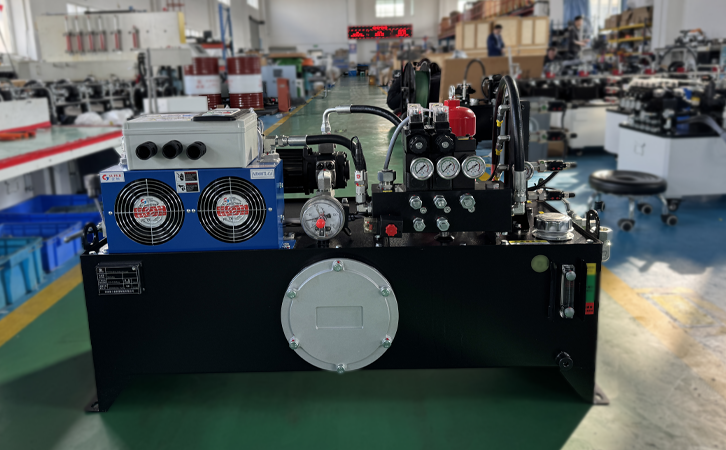
After the hydraulic station rains, a preliminary inspection is required to determine the degree of damage. The first step in the inspection is to observe whether there is any obvious damage to the outside of the hydraulic station, such as shell deformation, cracks or seal failure. These external damages may cause moisture to enter the hydraulic system, which in turn affects its normal operation.
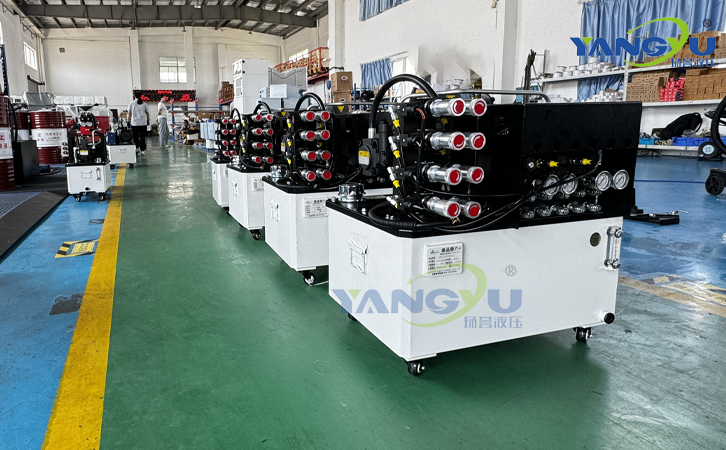
接下来,检查液压站的电气部分,查看是否有水渍或腐蚀迹象。电气元件的损坏可能导致控制系统失灵,增加设备故障的风险。同时,检查液压油的状况,观察油液是否出现乳化或变质现象,这通常是水分进入液压系统的直接证据。
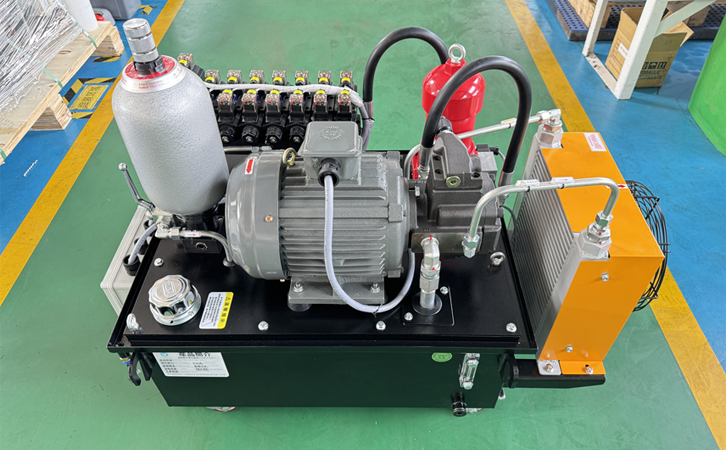
During the preliminary inspection, attention should also be paid to the operating sound and vibration of the hydraulic station. Abnormal noise and vibration may indicate that internal components are damaged due to moisture intrusion. Check the temperature changes of the hydraulic station. Too high a temperature may be a signal of a problem inside the system.
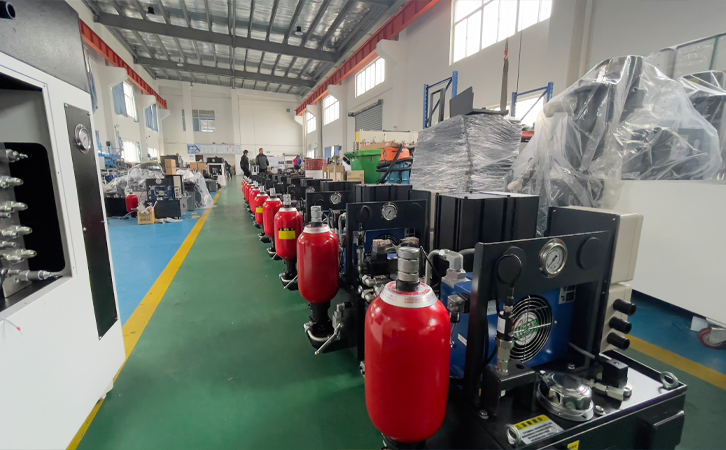
Conduct functional tests to ensure that the hydraulic station can still work normally after the rain. If any abnormalities are found, use should be stopped immediately and professionals should be contacted for further inspection and maintenance to avoid more serious damage and safety risks.
Emergency treatment of hydraulic stations after rain: quick drying and cleaning
Emergency treatment after the hydraulic station rains is essential, and rapid drying measures need to be taken. High-power fans or heating equipment can be used to accelerate the evaporation of water on the surface and inside of the hydraulic station. At the same time, ensure that the vents of the hydraulic station are unblocked so that moisture can be discharged quickly.
在干燥的同时,进行彻底的清洁工作也是必不可少的。使用干净的布或吸水材料,擦拭液压站的外部和内部,特别是电气元件和液压元件。避免使用高压水枪或湿布,以免造成二次损害。
After the cleaning is complete, check the various parts of the hydraulic station to ensure that there is no stagnant water or moisture residue. For the electrical part, it is recommended to use professional testing equipment to ensure good insulation performance. The hydraulic components need to be checked for rust or damage, and replaced or repaired if necessary.
After confirming that the hydraulic station is completely dry and clean, a comprehensive test run will be carried out to ensure that the equipment returns to normal working condition. If any abnormalities are found, use should be stopped immediately and professionals should be contacted for further inspection and maintenance.


